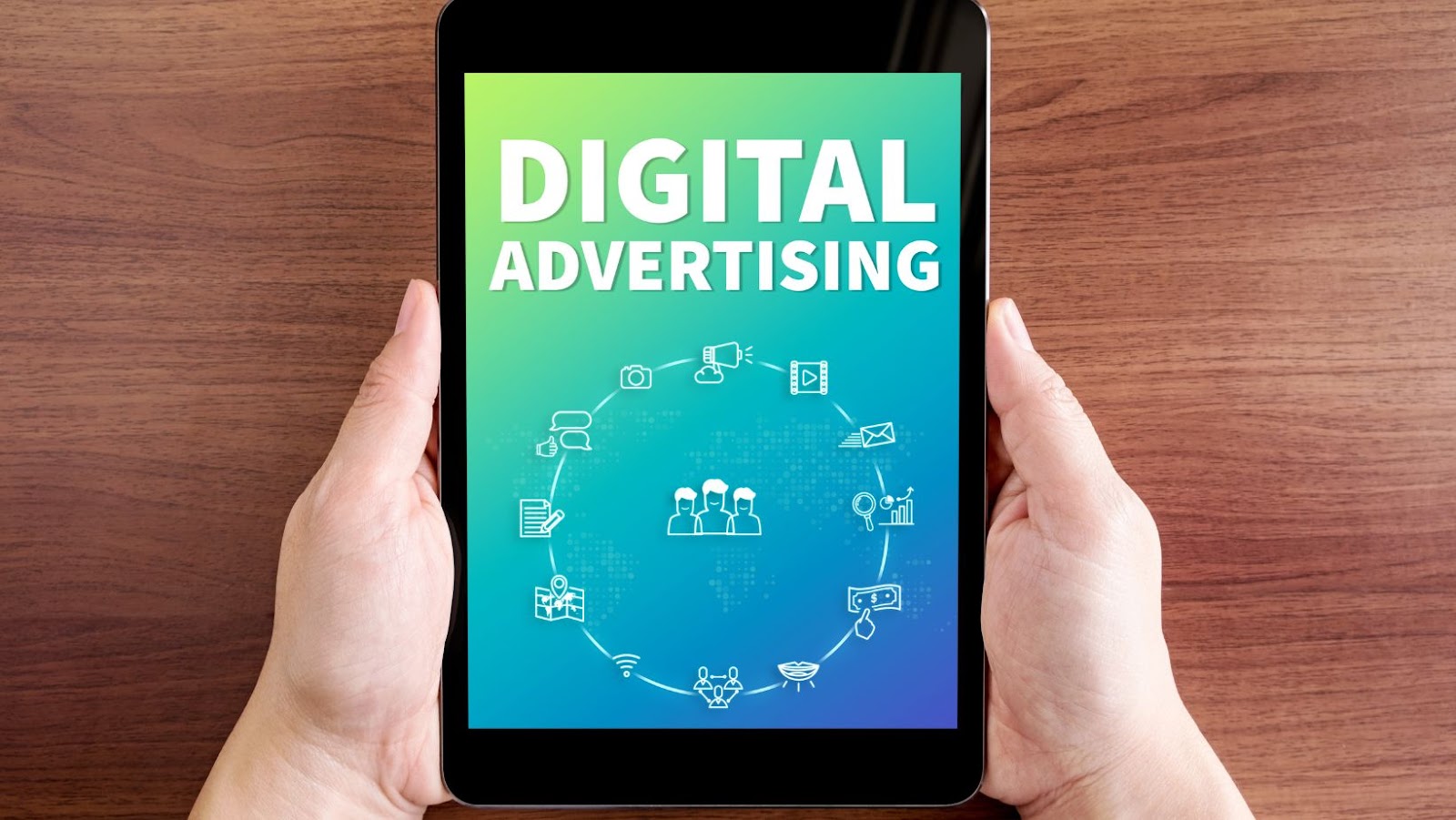 Digital Advertising Types
Digital Advertising Types
Digital advertising plays an integral role in reaching larger audiences in a targeted and measurable manner. For instance, businesses can harness social media ads to reach hundreds of thousands of potential customers within a specific age group, location, or interest category. Similarly, search engine marketing enables companies to appear in search results when consumers seek products or services similar to theirs. Such targeted approaches not only increase visibility but also enhance the chances of attracting consumers willing to make a purchase.
Digital advertising isn’t a static arena; it’s a discipline in constant evolution. In its initial stages, businesses primarily used banner ads on websites. However, with the advent of platforms such as search engines and social media, advertising transformed into a more versatile and targeted discipline. For example, in the 2000s, companies could sponsor keywords on search engines, which enabled their ads to appear when users conducted relevant searches. With advancements in technology and data analytics, advertisers now create customized ads for specific audience demographics. This evolution of digital advertising continues to reshape the way businesses interact with consumers and market their products or services.
 Broad Classification of Digital Advertising Types
Broad Classification of Digital Advertising Types
Building on the insights about the significance and evolution of digital advertising, this section takes a deep dive into the broad classifications of digital advertising types. The aim is to provide comprehensive, factual information to help marketers and business owners strategize their advertising campaigns effectively.
Display advertising, primarily in the form of banner ads, hold a place in the field as a traditional mode of digital advertising. Businesses use these rich media ads strategically on various platforms, with 4.4 billion spent on display advertising alone in 2020.
Search Engine Marketing (SEM) earns its place as one of the most effective forms of digital advertising. It serves as an umbrellas term for paid strategies used to increase visibility on search engines, which results in a massive 200% increase in click-through rate.
PCG reports indicate that 3.4 billion people use social media platforms, providing substantial scope for ads targeted at specific demographics. Social media advertising, thus, encompasses a variety of ad formats across platforms such as Facebook, Instagram, and Twitter, aiding an increase in brand engagement by up to 91%.
Despite its age, email advertising remains highly effective even in the current landscape. Businesses harness the potential of email marketing by using data-driven strategies to deliver personalized messages to their audience, substantiated by a statistic that Email marketing ROI stands at an impressive $42 for every $1 spent.
The ubiquity of mobile devices today makes mobile advertising a predominant player in digital marketing. Ads on mobile apps, SMS and MMS marketing, and even targeted ads within mobile games are now common practices. According to MediaKix, mobile advertising alone saw a monumental expenditure of over $240 billion in 2020.
 Pay-Per-Click (PPC) Advertising
Pay-Per-Click (PPC) Advertising
As an extension of digital advertising types, Pay-Per-Click (PPC) stands as a potent method. It embodies a model that offers tangible results, measured by the number of clicks.
Pay-Per-Click (PPC) refers to a digital marketing strategy where advertisers pay a fee each time their ad gets clicked. It’s essentially a way of buying visits to a site, as opposed to earning visits organically. Search engine advertising represents one of the most popular forms of PPC, allowing advertisers to bid for ad placement in a search engine’s sponsored links.
PPC Advertising boasts several compelling advantages. The immediacy of the results outranks other advertising forms – advertisers can launch a PPC campaign and see the results within a day or two. Secondly, the targeted nature of PPC helps advertisers reach specific demographics, such as age, location, and interests. Lastly, the results of PPC Advertising are measurable and trackable – advertisers can precisely quantify the number of impressions, clicks, conversions, and the resulting revenue, offering valuable input for refining marketing strategies.
 Search Engine Optimization (SEO) Advertising
Search Engine Optimization (SEO) Advertising
Riding the waves of digital advertising classifications, Search Engine Optimization (SEO) advertising emerges as a critical method. It’s a technique that elevates a website’s visibility in organic search engine results, offering a pathway to enhance digital footprints effectively.
SEO entails the process of modifying a website to increase its visibility within specific queries on search engines. It includes techniques like keyword enhancement, improved website infrastructure, and creation of quality content. Accurate usage of SEO propels a site’s ranking on Search Engine Results Pages (SERPs), leading to increased site traffic and, in turn, higher potential for conversions.
Adopting SEO strategies offer considerable advantages. They present the practicality of long-term results, forming a foothold in the digital ecosystem. High SERPs rankings render credibility and trust to users, offering a competitive advantage. SEO strategies are data-led, enabling insight-driven changes aimed at improving user experience and site architecture.
However, the rewards of SEO advertising are balanced by its fair share of tribulations. Achieving desirable results often necessitates a lengthy time span, requiring patience. The need for constant updates and adaptability to changing algorithms can also prove challenging. Additionally, the competitive nature of reaching the ‘prized’ top spot on SERPs makes SEO efforts exhaustive, demanding strategic and timely intervention. Nevertheless, with adept management, these challenges turn into opportunities for a robust digital growth trajectory.